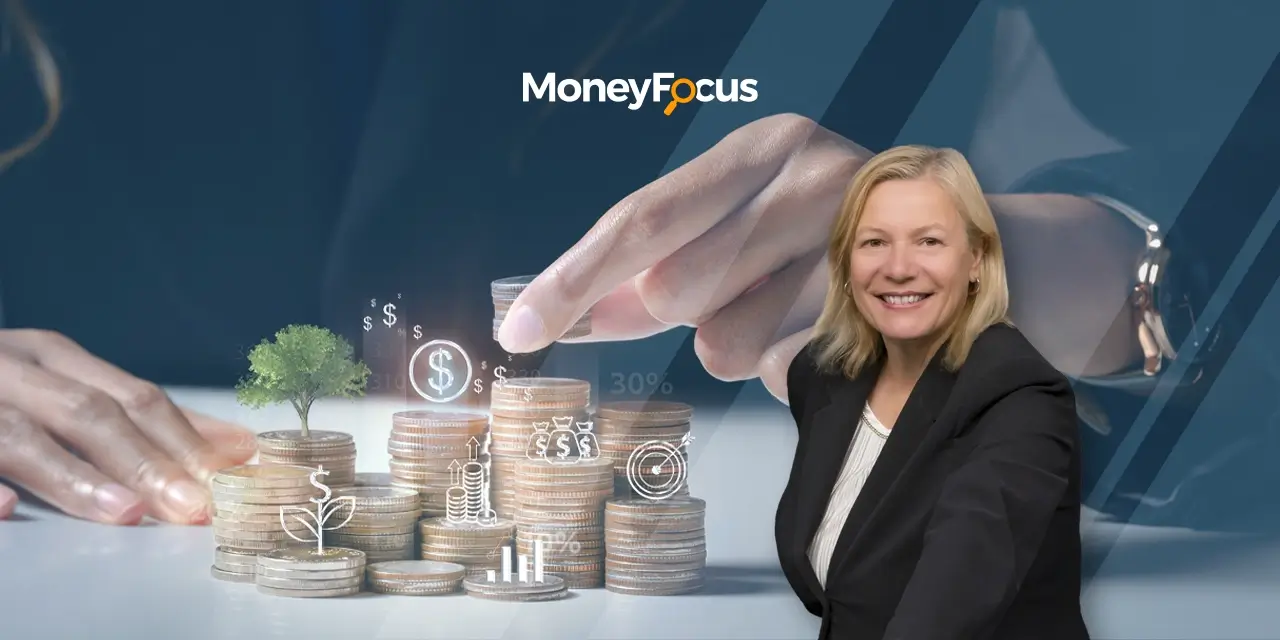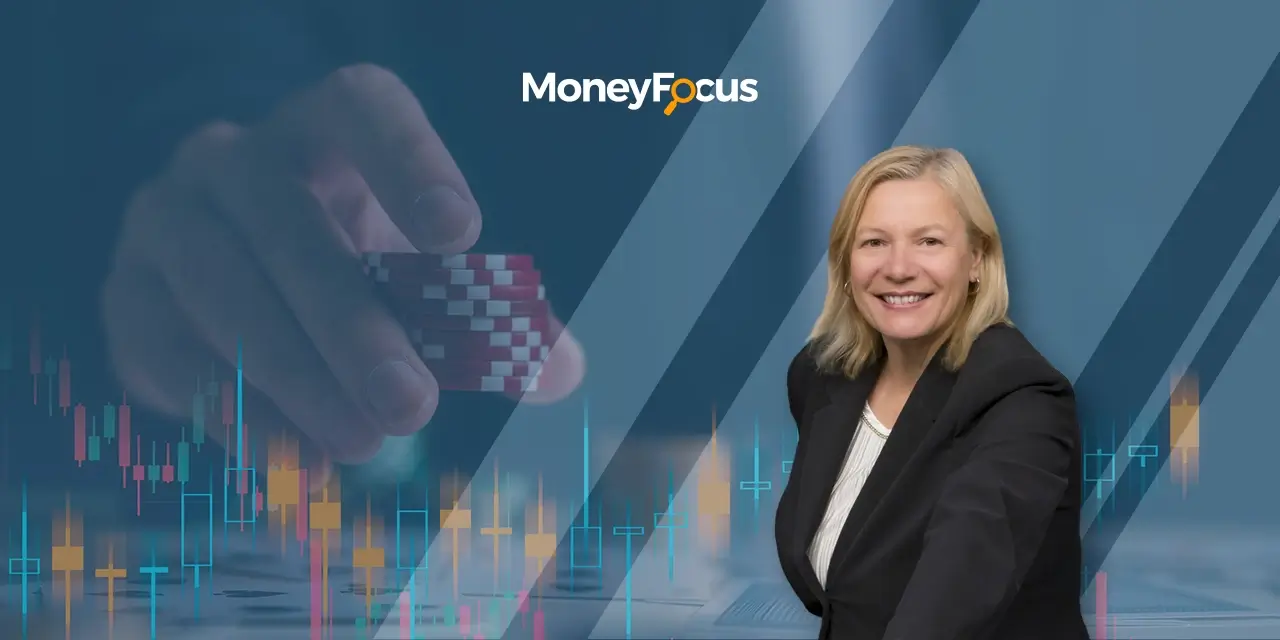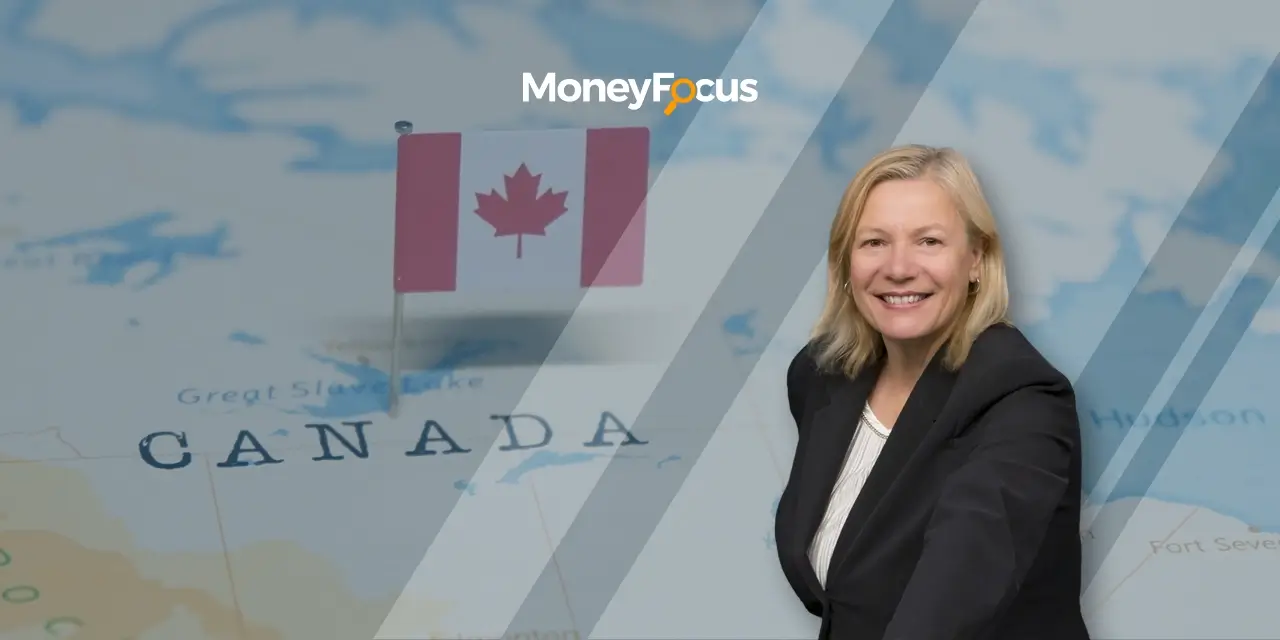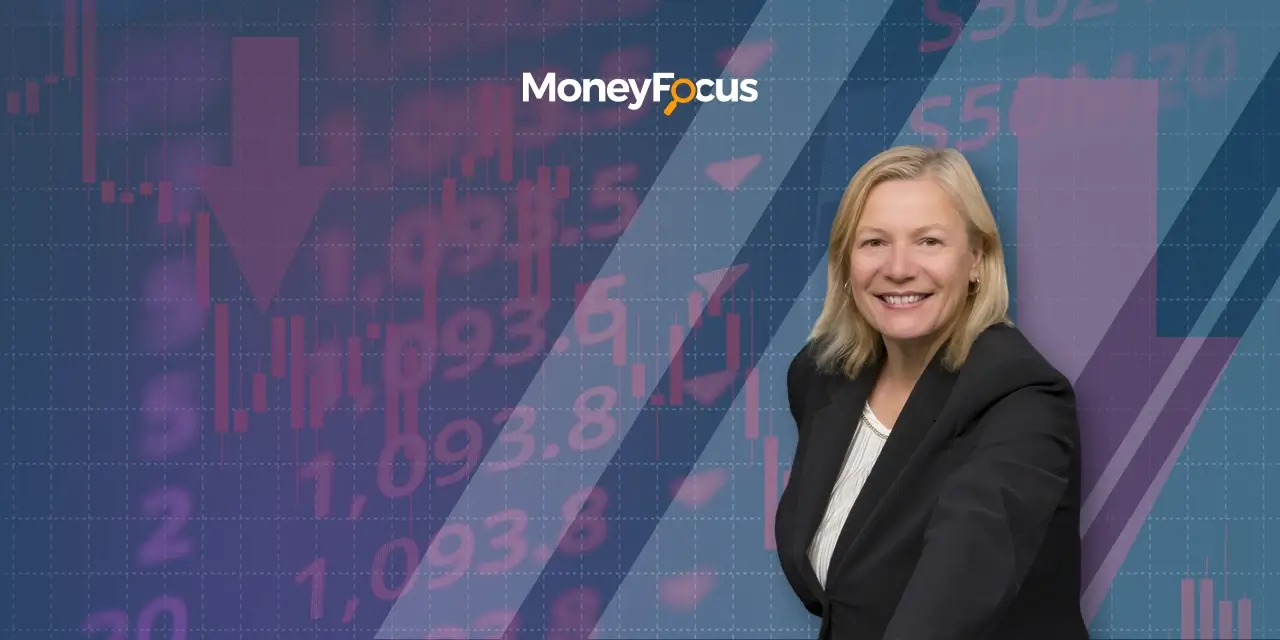By Caroline Grimont
Happy New Year! As 2025 begins, there’s no better time to look at your finances, and to plan for your future self. And to start the year right, here are four things to do to achieve your financial goals:
- Build a Budget
- Set Up and Fund an Emergency Fund
- Decide and Quantify Financial Goals
- Pick the Right Investments
I don’t know about you, but every time anyone mentions the words ‘invest’ or ‘save’ or ‘budget,’ I groan, sometimes audibly. To my mind, I know this stuff is important, but it feels like a negative, something that is forced upon me. It also usually means that in the immediate term, I probably have to go without something that I really, really want. And even if I know (thanks, Stanford Marshmallow Experiment!) that delaying my immediate gratification for future gain is the fiscally prudent thing to do, in the immediate here and now, it is hard to give up a new outfit, or a vacation, for some shadowy future.
Why is it So Hard to Save?
It might help us all regulate these feelings better if we knew WHY it was so hard to give up immediate pleasure. Things that are near to us, both in terms of physical proximity and time (hello, latest MSCHF drop!) just feel more important or urgent than things that are far away, like retirement. This can be attributed to “present bias,” which behavioural economists use to describe the way we settle for smaller rewards right now, rather than wait for a bigger reward sometime in the future. Present bias also explains why it is so hard for us to be motivated about saving for retirement – it is so far away, and many times, we discount the future value of the money we have today, especially because socking it away will cost us – it hurts to not fulfil your desire immediately.
We can blame our brains for that. Scientists have found that, “…with immediate rewards, certain brain areas are activated irrespective of whether the observer or another person is the beneficiary of a decision, suggesting that immediacy plays a more general role for neural activation.” You could say that your brain gets happy when you buy a new outfit.
How to Counter Behavioural Biases Effectively
On the other hand, this might lead you to despair, because, hey, how do we stop our brains, right? The truth is, you can’t stop it, but you can counter some of the effects. Here’s three tips to help with that:
- Make the Distant Immediate: Picture your long-term gains, and not just in your mind. It might help to have an actual photo printed out of the vacation for which you’re saving today, or a calendar of your retirement date. Look at that, and then you have something physical with which to trick your brain, making delaying that gratification easier.
- Delay a Little: Promise yourself that you’ll wait for just a little while, as little as 48 hours, maybe, or a week, and then revisit your decision to spend on whatever it is you want. 9 times out of 10, I find that I don’t really want or need what I put into my online shopping cart, especially when I revaluate my decision later.
- Don’t Leave the Decisions Up to You: Wherever possible, automate your money – set up an automatic debit on the day of every pay-cheque, directly into your savings account, and then promise yourself you won’t touch that money. You don’t even have to think about it, and over time – boom, there’s your nest egg.
So now armed with the knowledge that you CAN do it, along with tips to make it easier, let’s get into our five tasks, starting with:
Task 1: Budgeting for the New Year
The most important thing to remember is that everyone – from a student in UofT on the first day of classes, to Elon Musk (no, seriously, even him) – needs a budget. A budget helps you to make sure that your hard-earned money is being spent on the things that YOU value. I mean think about it, who here hasn’t completely forgotten about at least one subscription that you pay for, but never use?
But even aside from that, a budget helps you keep track of your earnings and where you spend them, and when done right, it can help you plan for the unexpected as well.
How to Build a Budget?
There are many tools and applications available to a create budget. I stumbled on this one recently Monthly Budget Worksheet , which I find useful. Still, it isn’t hard to develop one that is specific to you and your situation. Whatever method you use to build your budget, there are three steps you should follow:
- Enter All Your Expenses – both fixed ones like rent, or mortgage, or food, or car, or insurance, and the variables ones like eating at restaurants, or entertainment. Track every single one of your expenses over a month or more, and you’ll notice that your personal budget won’t necessarily align with set formulas. So, you might have to create categories for your specialty Stanley Cup accessories expenses, or your miniature anime figurine collection. That’s OK, this is a judgement-free zone. Put it ALL in there. At the end of this exercise, you should also typically know how much you have left over each month, which leads us to-
- Increase Your Savings. Even if it’s by $5. Look closely at all your discretionary expenses, because that is what you control, and so have the most power over. Remember what we talked about with countering instant gratification and present bias? Put those tips to use here. But remember to not curtail all your pleasures. Often have my New Year Day resolutions failed because of how rigid they were. Make sure you have some wiggle-room in there for your pleasures, or your budget is doomed to fail. And finally…
- Regularly Check and Update Your Budget. You may get a bonus or a raise. Put that into the budget. On the other end, you might become a victim of organizational downsizing. Put that into the budget. Your budget should be as up to date as possible, so that you have the best possible picture of your financial status. And once you have that, you’re ready for the next task.
Task 2: Building an Emergency Fund
Just like we said about budgeting, this task is also non-optional. Everyone (yes, even Elon Musk) needs an emergency fund, though everyone’s fund size is different. Musk might even need an emergency fund in the billions, but maybe he holds it all in Doge Coin, who knows. It is probably not a good idea for you to hold your emergency fund in bitcoin, though. Where should you hold your emergency fund? We’ll get to that a little bit later, but first, it is important to decide how much you need.
How Much Money Do You Need in an Emergency Fund?
For us not-yet-trillionaires, a good starting point is 3-6 months of income. For someone self-employed, or with higher and more fluid expenses, the emergency fund would likely need to be higher, perhaps even up to a year of income. But if you have very low expenses, you might be able to get away with just 3 months of income of an emergency fund. At any rate, 3-6 months of income is a good starting point.
How to Build an Emergency Fund?
This seems to be a bit of a theme, but we have a step-by-step plan for you to build and fund your emergency fund.
- Know Exactly How Much YOU Need. Like we said, 3-6 months is a good starting point, but your individual needs might differ. Start by deciding exactly how much you’d like to sock away and put a definite dollar amount to it. Also remember, many of us might not be starting at zero. You might already have some savings. Include those in your calculations.
- Calculate How Far Away You Are from Your Goal. Figure out how much you need to fully fund your emergency fund. And then, start saving. Once you have built up some savings, ask yourself-
- Decide Where to Hold your Emergency Fund. Say your pet needs surgery, or you need to replace your furnace. You need to get to that money in a hurry. So it probably makes sense to hold your emergency fund in cash, or a cash-equivalent fund like TBIL, where you have near instant access to it.
Task 3: Set and Quantify Financial Goals
For me, figuring out my financial goals is the most fun part of building out my financial plan for the year. At any given point, I have at least 15 goals in my head, ranging from buying a new pair of Balenciaga sneakers to going on an 11 month-cruise. Most of these goals are just pipe dreams, but some I can achieve. And that’s our third task – write down your goals and figure out exactly how much they’ll cost.
How to Set Financial Goals in 2025
- Document Your Financial Goals and Add Timelines. I usually start this process by documenting every single one of my must-do goals, from the easy to superhard, from the near-term ones to others that are decades out.
- How Much Will My Financial Goals Cost? Next, I calculate exactly how much my goals will cost. I know that a trip to Nepal to trek to Everest Base Camp in 2026 will cost me $2,500 today. But it may rise to $2,750 over the next year. So, I put down something in the middle, like $2,600. Other longer-term goals, like retirement, could be trickier, and you could use online calculators to help or go find a financial advisor to help you.
- Funding and Prioritizing Your Financial Goals. I know I likely won’t be able to fund all my goals immediately. So, I number my goals, to decide in which order I’d like to fund them. Prioritization could take many forms, including time horizons, investment outlooks, returns, and duration. There’s two ways to achieve your goals quickly – increasing your savings, and better investment returns. The first of the two is entirely within your power.
Task 4: Pick the Right Investments
Now that you’ve finished the hard work, it’s time to have some fun – picking the best investment vehicle for all your savings, to help you achieve your financial goals! Exchange-traded funds, or ETFs, are a good vehicle for new investors. They are (in many cases) cheaper than mutual funds, are liquid, convenient, and easy to access. There are close to 1500 ETFs in Canada right now, so it might seem overwhelming to know which to buy. But as always, we have a step-by-step guide for you.
How to Zero in on the right ETFs?
- Determine Your ETF Investment Strategy. To do this, ask yourself questions like:
- Do you want growth? Income? A mix?
- How much risk are you willing to take?
- Do you want an active fund, or a passive fund?
- Keep an Eye on Fees. ETFs may be cheaper than some mutual funds, but not all are cheap. So, keep an eye on fees and charges because these eat into your returns. For example, if you pay a 2% fee for your fund, and your fund returns 8%, you only get 6%.
- Remember Other Factors. There are other factors to consider when evaluating your choice of ETFs include diversification, the only “free lunch” in investing, tracking error, liquidity, volumes, and more. You can access a detailed guide on how to pick the best ETFs here.
Disclaimer
This article is meant to provide general information for educational purposes. Any security or investment mentioned herein is for illustration purposes and should not be taken as an invitation to purchase or sell such security or investment. The content of this article should not be construed as investment advice.











